Headteacher Eugene Symonds is looking at a sign in one of his school’s temorary classrooms. “Warning: Encapsulated Asbestos. Do not cut or make fixings without proper authority and precautions,” it says.
Pupils at this primary school in Oxfordshire use this area every day as a cloakroom. Symonds is trying to look on the bright side. “Our asset managers will tell us if there’s anything to worry abaout. I’m armed with the knowledge that if it’s enclosed and not causing problems, you should leave it alone,” he says. Then he stands back and looks at the notice again. “It is quite worrying, isn’t it? Now I’m not so sure.”
The 400 pupil school has had four temorary classrooms since it opened in 1956. And while most of the school was rebuilt after a fire in the 1990’s, the prefabs survived.
‘The department recently carried out a survey of school property, but asbestos was specifically excluded from it.’
This is an issue that is exciting a growing chorus of complaints nationally. Campaigners take the view that schools are very different places from offices, because children can be careless and buikdings can easily be damaged, allowing asbestos fibers into the air. The debate continues.
Asbestos Image Gallery
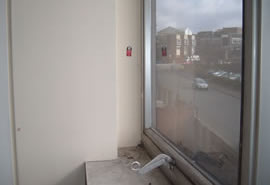
AIB window panelling
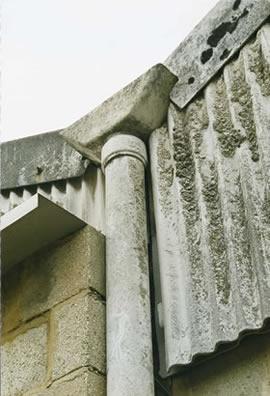
Asbestos cement external building panel
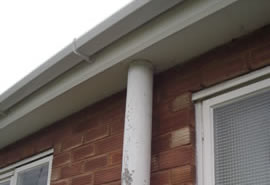
Asbestos cement drainage pipe
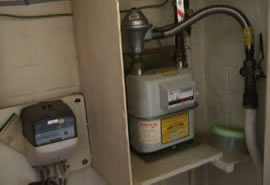
Asbestos panelling around gas meter (damaged exterior)
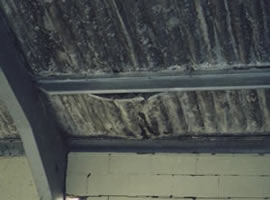
Asbestos cement roof (damaged exterior)
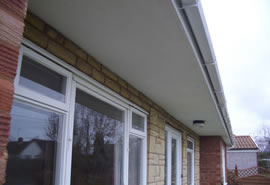
Asbestos soffit
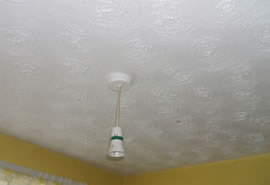
Asbestos textured coating
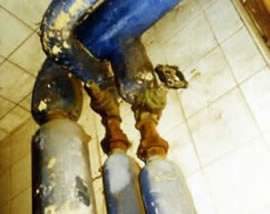
Damaged asbestos lagging on hot water pipes
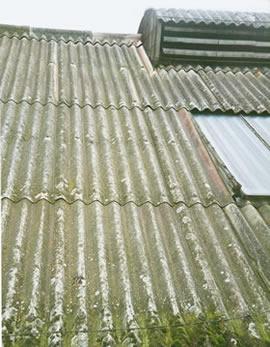
Damaged Asbestos Panelling
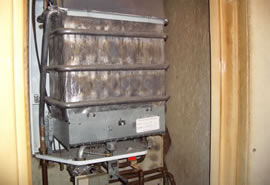
Pieces of AIB
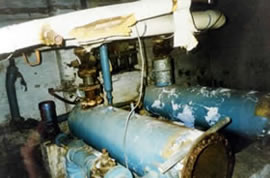
Damaged asbestos pipe lagging and debris
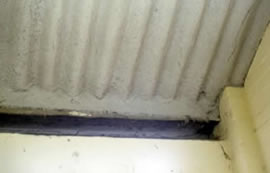
Sprayed limpet asbestos on the underside of an asbestos cement roof
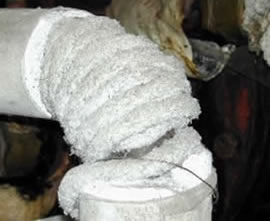
Pipe insulated using both asbestos lagging and rope
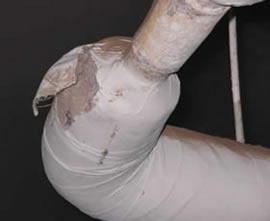
Torn asbestos pipe lagging
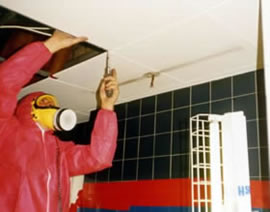
Unscrewing of an AIB ceiling tile.jpg
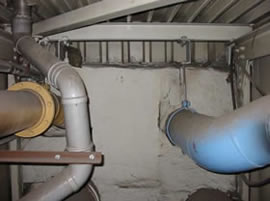
Wall with trowelled loose asbestos
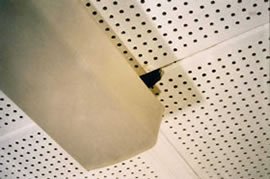
AIB ceiling tiles in a corridor
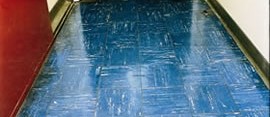
asbestos containing floor tiles in a corridor

Pieces of AIB
Most Recent News
- Lewis Scott General Manager 11 April 2025
- Asbestos Group Appoint General Manager 20 November 2024
- Asbestos Commercial Roof Removal along with Contaminated Contents. 13 June 2024
- Asbestos Removal and Demolition 4 December 2023
- The Asbestos Group 17 Years Trading 18 July 2023
- Principal Contractor JCT Minor Works Building Contract 24 May 2023
- Major Loss Claim in Essex. 9 January 2023
- Wennington fire:Contaminated Building Deconstruction & Contents Removal. 8 September 2022
